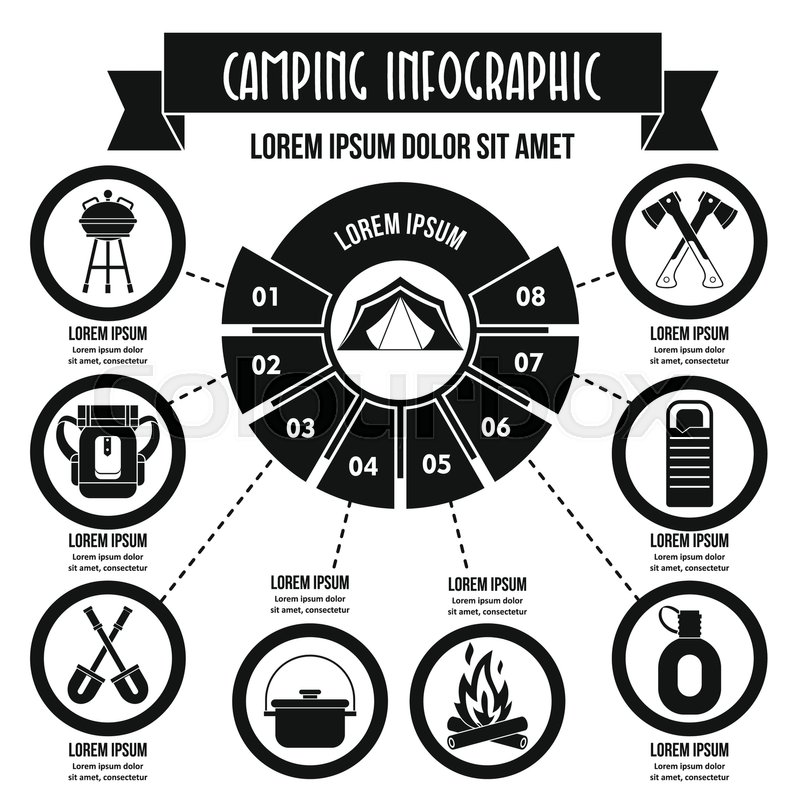Winter camping is a fun and adventurous experience, however it calls for correct gear to ensure you stay warm. You'll need a close-fitting base layer to trap your body heat, together with a protecting coat and a water resistant covering.
You'll also require snow risks (or deadman supports) hidden in the snow. These can be connected using Bob's clever knot or a regular taut-line hitch.
Pitch Your Camping tent
Wintertime camping can be a fun and adventurous experience. Nonetheless, it is necessary to have the correct gear and know how to pitch your outdoor tents in snow. This will certainly avoid cold injuries like frostbite and hypothermia. It is additionally vital to consume well and stay hydrated.
When establishing camp, see to it to choose a site that is protected from the wind and without avalanche danger. It is additionally an excellent idea to load down the location around your camping tent, as this will help in reducing sinking from temperature.
Prior to you established your camping tent, dig pits with the exact same size as each of the anchor points (groundsheet rings and guy lines) in the facility of the outdoor tents. Fill up these pits with sand, stones and even stuff sacks loaded with snow to compact and secure the ground. You might likewise want to think about a dead-man anchor, which includes tying outdoor tents lines to sticks of timber that are buried in the snow.
Load Down the Location Around Your Outdoor tents
Although not a necessity in a lot of areas, snow risks (additionally called deadman anchors) are an excellent enhancement to your tent pitching kit when outdoor camping in deep or compressed snow. They are essentially sticks that are designed to be hidden in the snow, where they will certainly freeze and develop a strong anchor factor. For finest outcomes, make use of a clover hitch knot on the top of the stick and hide it in a couple of inches of snow or sand.
Set Up Your Camping tent
If you're camping in snow, it is a good concept to utilize a tent made for winter season backpacking. 3-season tents function fine if you are making camping cookware camp listed below timberline and not anticipating particularly rough weather condition, however 4-season outdoors tents have sturdier poles and textiles and supply even more security from wind and heavy snowfall.
Be sure to bring adequate insulation for your resting bag and a cozy, dry inflatable floor covering to sleep on. Blow up floor coverings are much warmer than foam and assistance stop cold spots in your outdoor tents. You can additionally include an additional mat for resting or food preparation.
It's likewise a good idea to establish your camping tent close to a natural wind block, such as a team of trees. This will make your camp much more comfortable. If you can not discover a windbreak, you can create your very own by digging holes and hiding items, such as rocks, tent risks, or "dead man" supports (old tent individual lines) with a shovel.
Restrain Your Tent
Snow risks aren't needed if you utilize the best strategies to secure your tent. Hidden sticks (perhaps collected on your strategy walking) and ski poles function well, as does some version of a "deadman" hidden in the snow. (The idea is to create an anchor that is so solid you won't have the ability to pull it up, even with a great deal of effort.) Some suppliers make specialized dead-man anchors, but I like the simplicity of a taut-line drawback tied to a stick and afterwards buried in the snow.
Be aware of the surface around your camp, especially if there is avalanche threat. A branch that falls on your tent can damage it or, at worst, wound you. Likewise watch out for pitching your camping tent on an incline, which can trap wind and bring about collapse. A sheltered location with a low ridge or hillside is much better than a high gully.
